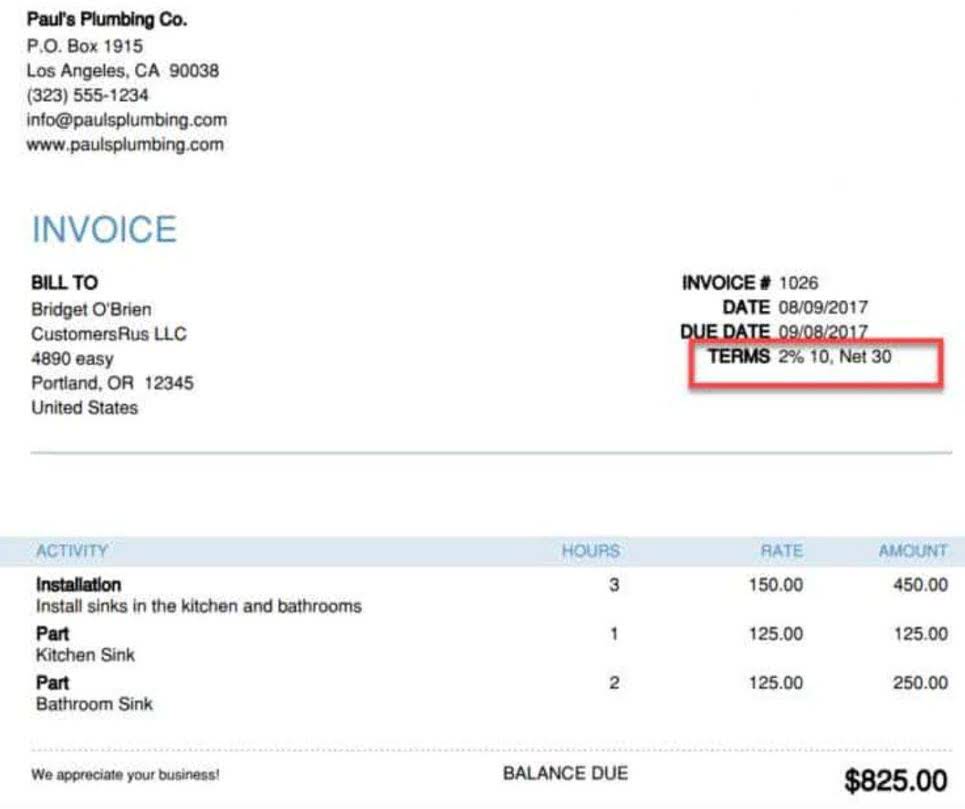
The ACH network could be how your paycheck appears right on schedule in your bank account thanks to direct deposit, and it may be how you send online payments to, say, your WiFi provider. It can help streamline financial processes, make it easier to manage cash flow and simplify reconciliation. All banks in the US are able to utilize ACH in at least some fashion, as the minimum requirement to receive ACH transfers is simply a valid bank account and routing number. In addition to banks, payment processors like Square, PayPal, and Stripe utilize ACH as well. Because all US banks use ACH, Plaid is able to connect accounts from 12,000+ financial institutions for ACH transfers. The average ACH transfer costs between $0.26 and $0.50, a fraction of the cost of paper checks or real-time payments.
- Some institutions may have limits in place for ACH transfers from certain types of accounts.
- Meanwhile, the money is credited to the recipient’s account within a couple of hours.
- The Same Day ACH per transfer limit is set at a maximum amount of $25,000.
- In fact, the ACH network processed about 30 billion payments in 2022 worth over $72.6 trillion, according to Nacha, an organization that works to enhance and enable ACH payments.
- The network now allows businesses and individuals to execute transactions on the same day.
- There might be one limit for bill payments and another for transfers to other banks.
- Push payments are credit transactions where payers instruct their bank to send money from their account to another account.
Types of ACH transfers
Nacha manages and https://www.bookstime.com/articles/hotel-budget governs the ACH Network and sets the rules for ACH payments and transactions. The Clearing House’s ACH payments service, called the Electronic Payments Network, is responsible for approximately half of all U.S. commercial ACH payment volume. The U.S. Federal Reserve banks handle the other half of ACH transactions. Federal Reserve or the Clearing House Payments Company, a private business owned by 24 of the world’s largest commercial banks.
Learn How ACH Payments Work

Generally, it also costs less to process an ACH transfer than a credit card payment or wire transfer. If you’re a business that accepts recurring payments, the savings can be significant. Zil US has designed its ACH transfer solutions with ease of use in mind, allowing businesses to initiate and receive payments with minimal effort. The intuitive platform interface enables businesses to manage multiple payment methods, including ACH transfers, wire transfers, virtual cards, and check payments. By offering an all-in-one solution, Zil US simplifies payment management, making it accessible to businesses of all sizes. The platform’s digital wallet feature allows businesses to manage and access funds at any time, adding to the overall convenience of the service.
What is the difference between an ACH payment and direct deposit?
In other words, ACH payments facilitate the transfer of funds between bank accounts via a centralized clearing system. You’ll naturally pay less if you have higher volumes, but the same is true for credit card payments. The average cost for retained earnings balance sheet sending and receiving ACH payments are around $0.29 per transaction.

Are There Fees for ACH and Wire Transfers?
B2B payments often deal with larger amounts ACH transfer of money than the average transaction, which means they can take much longer to process. Because of this, it takes longer for selling business to receive any payments owed. International payments at Melio can be made by ACH bank transfer. Funds will then be delivered to the international vendor via an international payment method.

